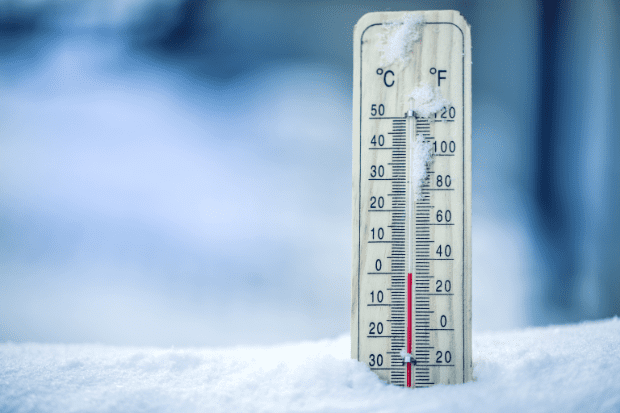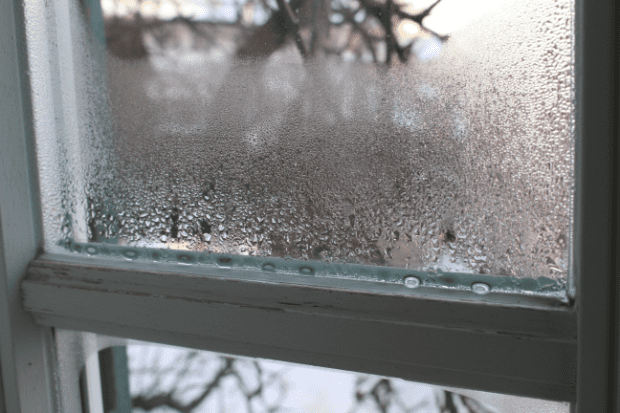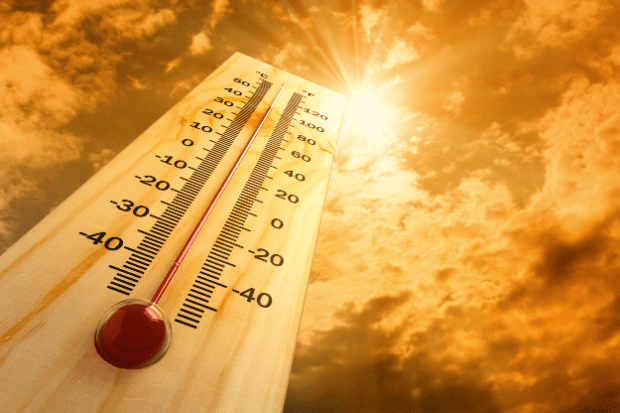April, 2019
Why does 50 degrees feel balmy in March but frigid in September?
It happens every year: The mercury hits 50 degrees Fahrenheit and Minnesotans act like they’re on a tropical beach vacation. The coats come off, the T-shirts come out, and the sunburns take us all by surprise.
So why is it that when the same temperature shows up for the first time in September, we all run screaming for parkas and pumpkin spice lattes?
The short answer: Adaptation. Our bodies are very smart and make adjustments to accommodate different climates over time, which makes temperature affect us on a relative basis rather than an absolute basis. People experience temperature adaptation without even realizing it. That’s why, if you moved to Minnesota a few years ago, winters likely no longer feel quite as brutal as they did when you first moved here. (But it’s also why your friend visiting from Los Angeles in January thinks you’re out of your mind for living here.)

Long-term temperature adaptation, like the kind that happens when you move somewhere new, can set in over several months. But you can also adapt quickly—often in a few weeks., such as when the seasons changed. And if you’ve ever taken a winter getaway vacation to somewhere warm, a weekend away in a much warmer climate can cause a temporary shock to the system. If you travel somewhere that is both warm and humid, the change in temperature feels even stronger.
It’s not all in your head – this adaptation is a real thing that happens to your body. And you’re lucky to have a smart brain that keeps everything in check. Too cold? Your brain will direct blood away from your fingers and toes to keep your core warm. Too hot? You’ll sweat. (Duh.)
Humidity plays a big part in how warm or cool we feel.
Wondering why you feel colder in your house in the winter and hotter in the summer even if you keep the thermostat at roughly the same temperature all year round? It’s mostly due to humidity. Drier air feels colder, and humid air feels warmer.
In Minnesota, we’re notorious for winters that are not only very cold, but also full of very dry air—and summers that are not only relatively hot, but also very humid. Aren’t we lucky? (Actually, we are. We love this state, crazy weather and all.)

PRO TIP: Adjust your home’s humidity levels to stay more comfortable all year ‘round without cranking your thermostat up or down as much.
A whole-house humidifier can not only help the air inside your house feel warmer in winter, but the right humidity levels can also help keep wood floors and furniture in good shape. Your house plants will like the humidity as well.
In summer, we turn all this information upside down: keeping the air inside your home DRIER will help you feel cooler. A big part of your air conditioner’s job is to dry out the air inside your home.
Bonfe offers full air quality & humidification system service, inspection, and maintenance. The key is to have your system inspected before the heat of the summer & the cold of the winter.
Temperature Records in the U.S.
Coldest temperature ever recorded in the U.S.: -80 degrees Fahrenheit in Prospect Creek, Alaska
Hottest temperature ever recorded in the U.S.: 134 degrees Fahrenheit in Death Valley, California
Surprising fact: The U.S. location with the highest average relative humidity (86%) is in St. Paul, Alaska.

Bonfe can help with all your home comfort needs—installation, service, inspection and maintenance. We’ll help you ensure that you stay cool in the summer, warm in the winter and never too humid or dry!

